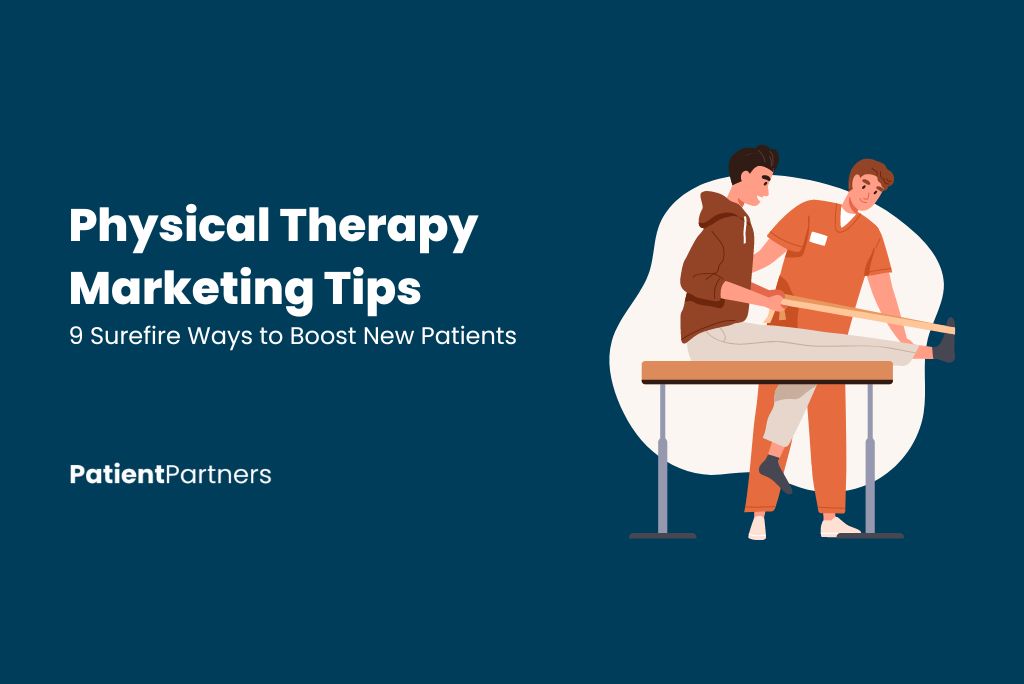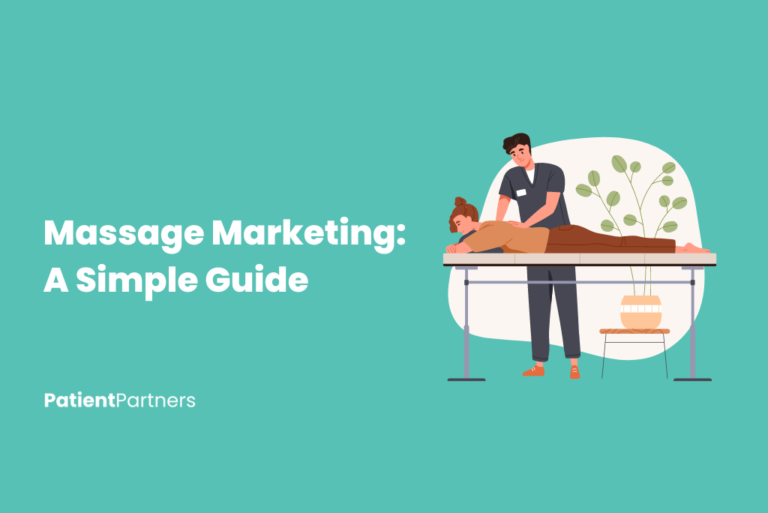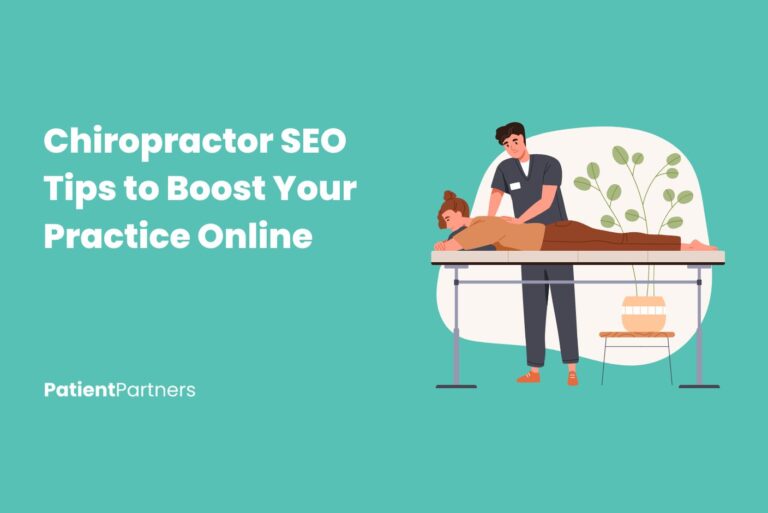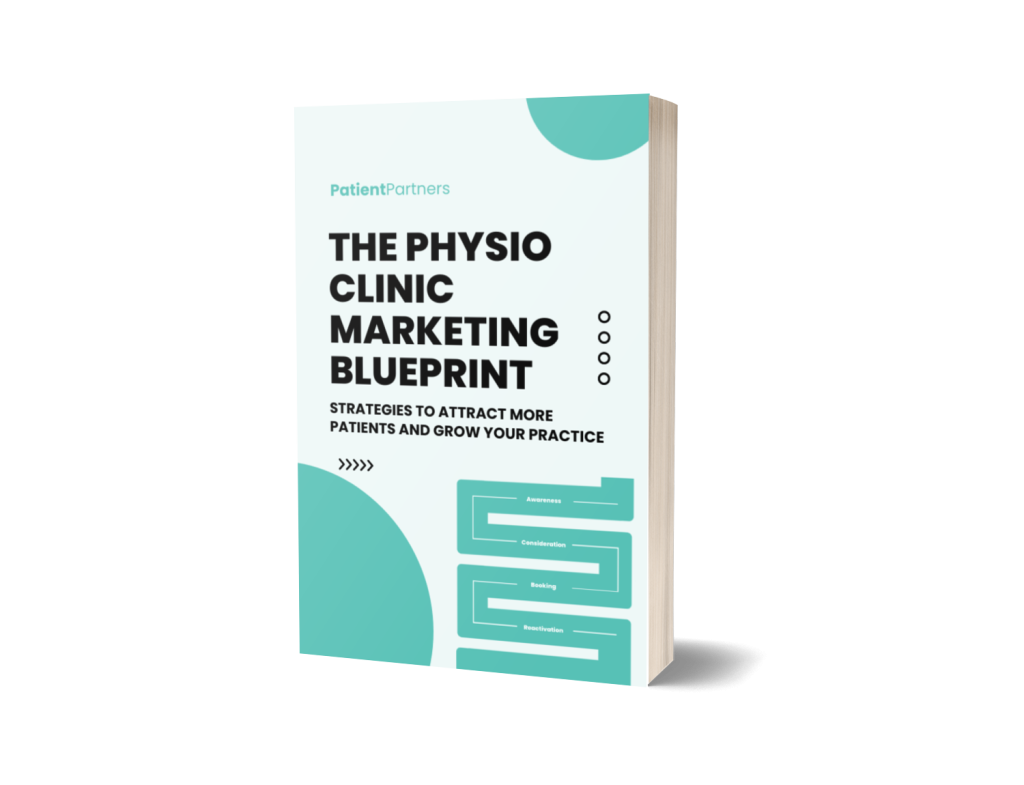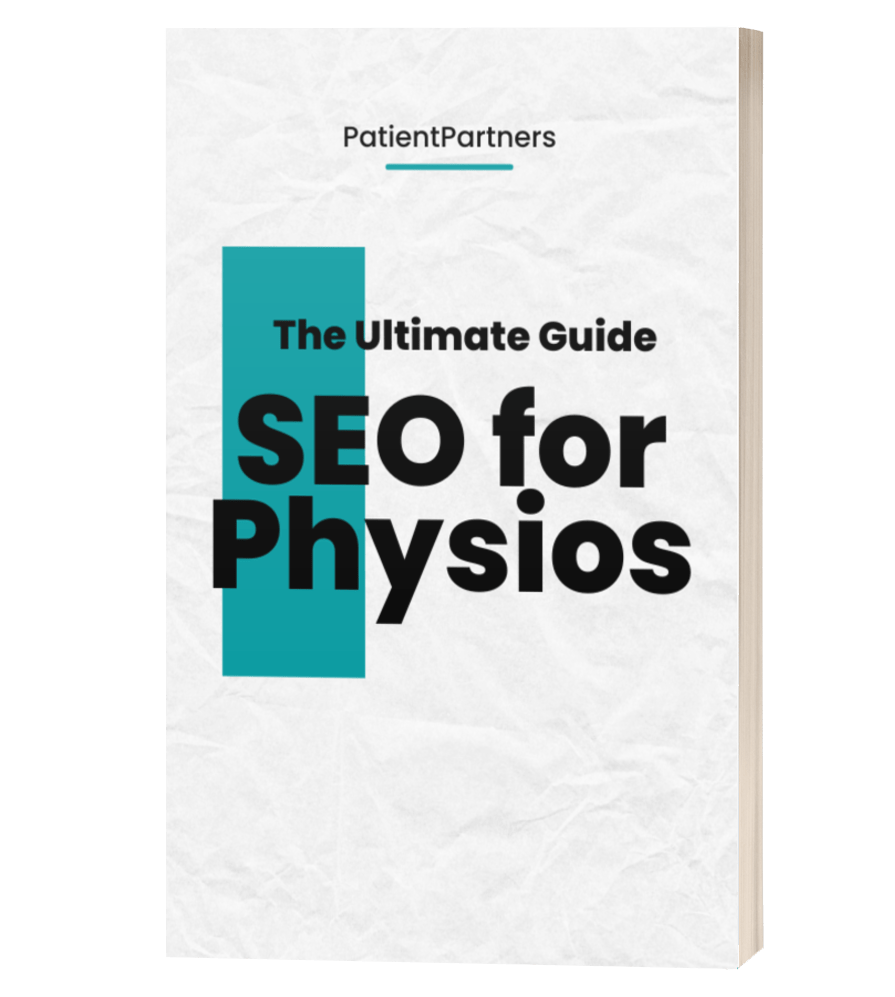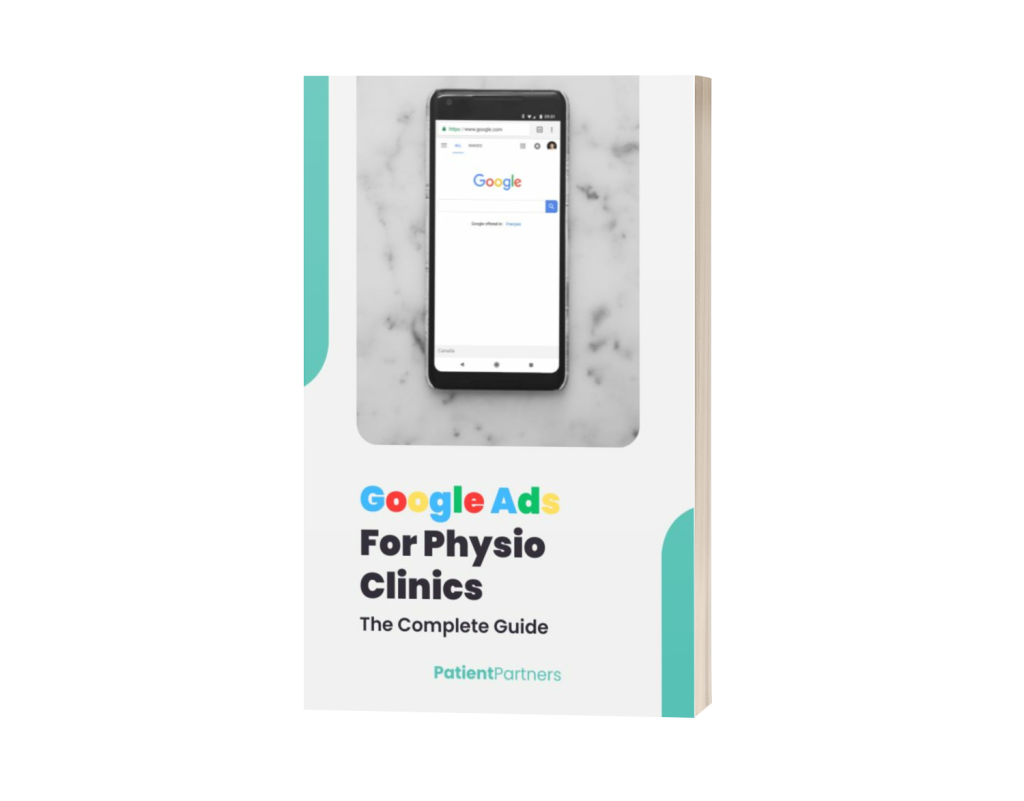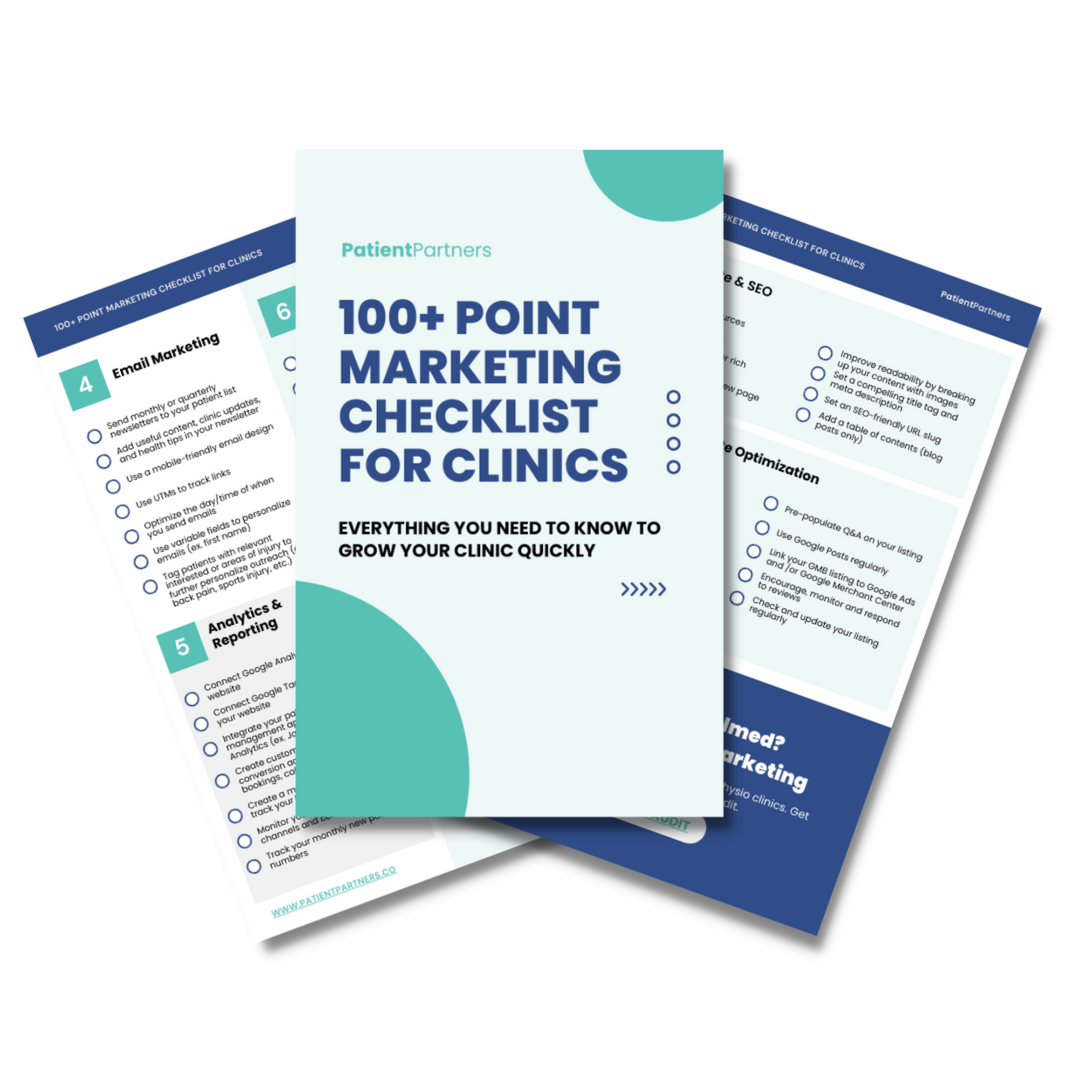Want to grow your physical therapy practice? Marketing is key. By using smart strategies, you can attract more patients and build your business.
You can market your physical therapy clinic effectively with simple, affordable tactics. This includes building a great website and targeting the right audience. Think of your marketing plan as a patient treatment plan – it needs the right exercises to get results.
You don’t need a huge budget to make an impact. Many powerful marketing tools cost less than $100. From branded water bottles to online ads, there are lots of ways to spread the word about your practice. Ready to learn some game-changing marketing moves? Let’s dive in and explore how you can take your PT clinic to the next level.
1. Understanding Your Audience
Knowing your audience is key to successful physical therapy marketing. It helps you tailor your message and services to meet patient needs.
Identify Patient Demographics
Who are your patients? Think about their age, gender, income, and location. Are they mostly seniors with mobility issues? Young athletes recovering from injuries? Working professionals with back pain?
Understanding your target audience lets you focus your efforts. For example, if you treat many seniors, you might advertise in retirement communities or partner with local senior centers.
Use your patient records to spot trends. Look at zip codes to see where most patients live. This can guide where you place ads or even open new locations.
Don’t forget about online data. Social media insights and website analytics can reveal a lot about who’s interested in your services.
Assess Patient Needs and Preferences
What do your patients want? Ask them! Surveys and feedback forms are gold mines of information. You might learn that patients value flexible scheduling or prefer certain treatment methods.
Listen to complaints and compliments. They often point to unmet needs or highlight what you’re doing right. Maybe patients love your gentle approach or wish you had more evening appointments.
Tailoring your marketing efforts to patient preferences boosts results. If patients want more education, start a blog or YouTube channel. If they’re tech-savvy, invest in a user-friendly booking app.
2. Crafting Your Unique Value Proposition
Your physical therapy practice needs a clear reason why patients should choose you. This is your unique value proposition (UVP). Think of it as your special sauce – what makes your practice stand out from the crowd.
A good UVP tells patients how you’ll solve their problems and what makes you different. It’s like your practice’s superpower. For physical therapists, you actually need two UVPs:
- One for patients
- One for referring doctors
Your patient UVP might focus on things like short wait times, flexible scheduling, or specialized treatments. For doctors, you could highlight your expertise in certain conditions or your track record of great outcomes.
To craft your UVP, ask yourself:
- What do we do better than anyone else?
- What unique benefits do we offer?
- Why do our current patients love us?
Once you have your UVP, use it everywhere! Put it on your website, brochures, and even business cards. Make sure your whole team knows it too. When everyone’s singing from the same songbook, your marketing becomes much more powerful.
Remember, a strong UVP isn’t just about what you offer. It’s about how you solve your patients’ needs. Keep that focus, and you’ll attract more of the right patients to your practice.
3. Building a Strong Online Presence
A robust online presence is crucial for attracting and retaining physical therapy patients. By focusing on your website, social media, and search engine visibility, you can reach more people who need your services.
Optimizing Your Website for Conversion
Your website is often the first impression potential patients have of your practice. Make it count! Ensure your site loads quickly – 47% of users expect a page to load in 2 seconds or less. Use clear, easy-to-read fonts and a simple layout.
Add a prominent “Book Now” button on every page. This can boost conversions by up to 30%. Include patient testimonials to build trust. Did you know that 92% of consumers read online reviews before making a purchase?
Use high-quality images of your clinic and staff. This helps patients feel more comfortable before they even step through your door. Don’t forget to make your site mobile-friendly – over 50% of web traffic now comes from mobile devices.
Want a free website & marketing audit?
We’ll tell you what parts of your website and marketing are working – and what parts aren’t.

Leveraging Social Media Effectively
Social media is like a digital town square where you can connect with your community. Choose platforms where your target audience hangs out. For many practices, Facebook and Instagram are goldmines.
Post regularly – aim for 3-5 times a week. Share helpful tips, success stories, and behind-the-scenes glimpses of your clinic. This builds trust and keeps you top-of-mind.
Try using the 80/20 rule: 80% of your content should inform or entertain, while 20% can promote your services. This balance keeps followers engaged without feeling bombarded by ads.
Host workshops or seminars on topics like injury prevention or wellness. Promote these events on social media to boost attendance and engagement.
Utilizing SEO for Higher Visibility
Think of SEO as your digital megaphone. It helps you shout above the noise so potential patients can find you. Start by researching keywords related to your services and location.
Use these keywords naturally in your website content, blog posts, and meta descriptions. But don’t overdo it – keyword stuffing can actually hurt your rankings.
Create a Google My Business profile and keep it updated. This helps you show up in local search results and on Google Maps.
Encourage satisfied patients to leave reviews on Google. Positive reviews can boost your visibility and credibility. Remember, 88% of consumers trust online reviews as much as personal recommendations.
Build backlinks by guest posting on relevant health and fitness blogs. This can increase your domain authority and help you climb the search rankings.
Get a free website and SEO audit

4. Content Marketing Strategies
Content marketing is a powerful way to attract and engage potential patients. It helps build trust and showcases your expertise. Let’s explore some effective strategies.
Educational Blog Posts
Creating a website with informative blog posts can be a game-changer for your practice. Think of your blog as a virtual classroom where you teach patients about their conditions and treatments.
Write about common injuries, rehabilitation techniques, and tips for maintaining a healthy lifestyle. For example, you could create a post titled “5 Exercises to Relieve Lower Back Pain” or “How to Prevent Running Injuries.”
Use simple language and break down complex concepts. Include eye-catching images or diagrams to illustrate your points. Remember, your goal is to educate and empower your readers.
Video Content that Resonates
Videos are like a window into your practice. They let potential patients see your personality and expertise in action.
Create short, engaging videos demonstrating exercises, explaining treatment techniques, or offering health tips. For instance, you could film a “60-Second Stretch Series” or a “Day in the Life of a Physical Therapist.”
Post these videos on your website and social media platforms. Did you know that 76% of consumers visit a company website before going to the physical location? Make sure your videos showcase your skills and create a welcoming atmosphere.
Free Resources and E-books
Offering free resources is like giving a taste of your expertise. It’s a great way to attract new patients and build trust.
Create downloadable e-books, exercise guides, or injury prevention checklists. For example, you could offer a “Complete Guide to Post-Surgery Recovery” or a “30-Day Strength Training Plan for Seniors.”
Make these resources easily accessible on your website. Ask for an email address in exchange for the download. This helps you build a mailing list for future marketing efforts.
Remember, the key is to provide value. Your free resources should be practical and helpful, giving patients a reason to choose your practice for their physical therapy needs.
5. Leveraging Patient Testimonials and Reviews
Patient testimonials can be a game-changer for your physical therapy practice. They’re like word-of-mouth marketing on steroids!
Did you know that 95% of customers read reviews before making a purchase? The same principle applies to choosing a physical therapist.
Here’s how you can make the most of patient testimonials:
- Ask happy clients to share their stories
- Use testimonials on your website and social media
- Create video testimonials for more impact
- Encourage patients to leave reviews on Google and Yelp
Don’t be shy about asking for reviews. Most satisfied patients are happy to help, but they might need a gentle reminder.
Pro tip: Make it easy for patients to leave reviews. Send them a direct link or QR code to your review page.
Remember, testimonials aren’t just about praising your skills. They should highlight specific problems you solved and the results patients achieved.
For example: “After 6 weeks with Dr. Smith, I went from barely walking to running a 5K!”
You can also use social media to boost your online visibility. Ask patients to follow your practice on platforms like Facebook and Instagram.
By leveraging patient testimonials effectively, you’re not just marketing your practice – you’re building trust and credibility with potential clients.
6. Community Involvement and Networking
Getting involved in your local community can boost your physical therapy clinic’s visibility and reputation. Building strong relationships with businesses and residents creates a network of potential clients and referral sources.
Partnerships with Local Businesses
Team up with nearby gyms, sports teams, and wellness centers. Offer free injury prevention workshops at these locations. This shows off your expertise and builds trust.
Create a referral program with chiropractors and massage therapists. They can send you clients needing physical therapy, and you can return the favor.
Partner with local companies to provide ergonomic assessments. You’ll help improve workplace health and potentially gain new patients.
Organize health and wellness workshops in community centers. These events educate people about physical therapy and position you as a local expert.
Sponsoring Local Events
Support local sports teams or fitness events. Your clinic’s name on jerseys or banners gets seen by hundreds of potential patients.
Host a charity run or walkathon. You’ll raise money for a good cause while showcasing your clinic’s commitment to health.
Set up a booth at health fairs or farmers markets. Offer free posture checks or quick stretching demos to engage with the community.
Sponsor a youth sports league. This puts your name in front of parents – a key demographic for physical therapy services.
Remember, 76% of consumers visit a company website before going to a physical location. Make sure your website showcases these community efforts to attract more patients.
7. Email Marketing Campaigns
Email marketing is a powerful tool for physical therapy practices. It lets you stay in touch with patients and share helpful info. When done right, it can bring in new clients and keep current ones coming back.
Creating Engaging Newsletters
Your newsletters need to grab attention fast. Use catchy subject lines that make people want to open them. Inside, mix up your content to keep things fresh. Try including:
• Patient success stories
• Exercise tips with pictures
• News about your practice
• Special offers or events
Keep your writing friendly and easy to read. Use short sentences and break up text with headers. Add some fun facts or stats to make your emails more interesting. For example, did you know 76% of people check their inbox before going to a physical location?
Make sure your emails look good on phones too. Most people read emails on the go. Use big buttons for any links or calls to action. This makes it easy for people to click, even with their thumbs.
Segmentation for Personalized Communication
Not all patients are the same, so why send them all the same emails? Divide your email list into groups. This is called segmentation. You might group people by:
• Age • Type of injury • How often they visit • Last appointment date
Now you can send more targeted emails. For older patients, maybe focus on fall prevention tips. For sports injury patients, share info on quick recovery tricks. Personalized emails can boost click-through rates by 11.3%.
Don’t forget to track how your emails do. Look at open rates and click rates. This tells you what your patients like. Use this info to make your next emails even better. Keep testing and tweaking your approach. Your email game will get stronger over time.
8. Paid Advertising and Its Impact
Paid ads can boost your physical therapy practice’s visibility and bring in new clients. They offer targeted reach and quick results when done right.
Google Ads
Google Ads are a powerful tool for physical therapists. You can target your ideal patients based on location, age, and search habits. This means your ads show up when people look for physical therapy services in your area.
Think of Google Ads like a digital billboard on the busiest highway. But instead of hoping drivers notice, you’re guaranteed views from interested folks.
Here’s a quick breakdown:
- Keywords: Choose terms like “back pain relief” or “sports injury rehab”
- Ad copy: Highlight your unique services or specialties
- Landing pages: Create specific pages for each ad campaign
Remember, it’s not just about getting clicks. It’s about getting the right clicks that turn into appointments.
Facebook and Instagram Ads
Social media ads let you showcase your physical therapy practice visually. Facebook and Instagram are great for building brand awareness and connecting with potential patients.
Imagine these platforms as a bustling community center. Your ads are like friendly invitations to learn more about your services.
Tips for effective social media ads:
- Use eye-catching images or videos of your clinic
- Share patient success stories (with permission)
- Offer valuable health tips to engage viewers
Did you know? 76% of consumers visit a company website before going to the physical location. Make sure your ads lead to an informative, user-friendly website.
By combining Google Ads with social media advertising, you create a robust online presence. This two-pronged approach helps you reach people at different stages of their healthcare journey.
9. Measuring and Analyzing Performance
Tracking your marketing efforts is key to success. By measuring the right metrics and using the right tools, you can make smart decisions to grow your physical therapy practice.
Key Metrics to Track
Conversion rates are like your practice’s batting average. They show how many leads turn into patients. Keep an eye on this number to see if your marketing is hitting home runs.
Patient acquisition cost is another crucial metric. It’s like the price tag on each new patient. If it’s too high, your practice might struggle to stay profitable.
Revenue per patient tells you how much each patient is worth to your practice. Think of it as the “juice” you’re squeezing from each appointment.
Here’s a quick list of other metrics to watch:
- Website traffic
- Social media engagement
- Email open and click-through rates
- Patient retention rates
Tools and Software for Analytics
Google Analytics is like a Swiss Army knife for your website data. It’s free and shows you who’s visiting, what they’re looking at, and how long they stay.
Social media insights are built into platforms like Facebook and Instagram. They’re your backstage pass to understanding your audience.
Email marketing software like Mailchimp or Constant Contact can tell you who’s opening your emails and clicking your links. It’s like having X-ray vision for your email campaigns.
For a bird’s-eye view of your practice, consider practice management software. It can track appointments, revenue, and patient data all in one place.
Remember, these tools are only as good as the person using them. Set aside time each week to review your data and make adjustments. Your future self will thank you!
Adjusting Strategies Based on Feedback
Getting feedback is like having a GPS for your marketing journey. It helps you know if you’re on the right track or need to make a U-turn.
Start by asking your patients what they think. Their opinions are gold! Did they find you through a Facebook ad or a local event? This info can help you focus your efforts.
Look at your numbers too. How many new patients are coming in each month? Are your social media followers growing? These stats tell a story about what’s working and what’s not.
Try different things and see what sticks. Maybe sending out a monthly email newsletter brings in more patients than a billboard ad. You won’t know unless you test it out!
Be ready to change course if something’s not working. If your Instagram posts aren’t getting any likes, it might be time to try TikTok instead.
Remember, 76% of people check out a company’s website before visiting in person. Make sure yours is top-notch and easy to use.
Keep an eye on what your competitors are doing. If they’re all offering virtual consultations, you might want to jump on that bandwagon too.
Lastly, don’t be afraid to ask for help. Sometimes a fresh pair of eyes can spot things you’ve missed. Marketing is a team sport, after all!
Want a free website & marketing audit?
We’ll tell you what parts of your website and marketing are working – and what parts aren’t.


